In the spring of 2020, in response to COVID-19’s impact on student communities across the country, institutions of higher education were tasked with distributing emergency financial aid grants to students as part of the Coronavirus Aid, Relief and Economic Security Act (also known as the CARES Act) Higher Education Emergency Relief Fund (HEERF) and Governor’s Emergency Education Relief (GEER) Fund. As soon as the team at Texas A&M University-Texarkana was notified of the rescue funds, they gathered a committee to develop an awarding process. This process included collecting applications aligned with the fund’s student eligibility criteria and tracked information for compliance requirements.
“We got a lot of applications; there was so much need,” said Kathy Williams, vice president for student enrollment, engagement and success. “We wanted a fast and fair way to collect applications and distribute the funds, and so we built the application in Laserfiche.”
As a result of the university’s efficient process, Texarkana was the first university in the A&M System to award the funding received from the state of Texas’ allocation of CARES GEER State Grant, at a time when students needed it most. “With Laserfiche, even after diligently triple checking the components, it took me only two to three hours to get the process off the ground,” shared Williams.
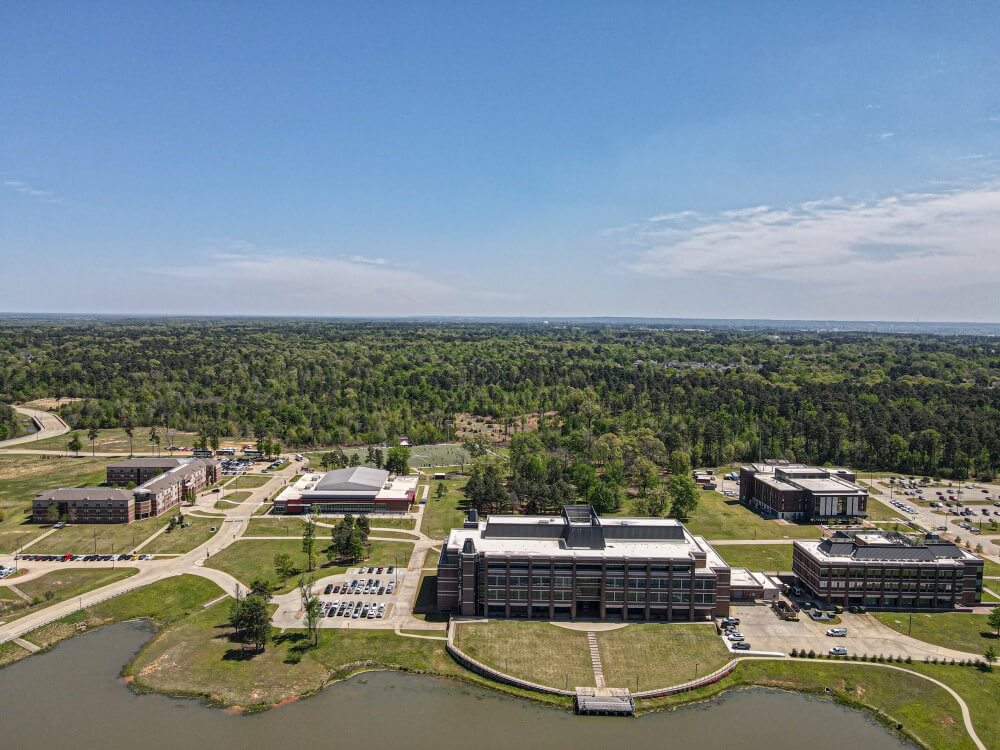
Providing Rapid Pandemic Relief to Students in Need
Texas A&M University-Texarkana is a public university that is part of the Texas A&M University System. Set in northeast Texas, the four-year college prides itself on its close-knit academic community, and outstanding faculty and staff who provide first-rate education in a nurturing, student-oriented environment. In March 2020, when the COVID-19 pandemic arrived in the state, the university made the decision to finish out the spring semester with online classes to protect the health and safety of students, faculty and administration.
The Texarkana team soon found that the impact of the pandemic would go beyond requiring their community to work, teach and learn remotely. Stay-at-home mandates exacerbated students’ financial instability across the country. When the Texarkana team learned they would receive CARES Act funding to distribute to students, they knew they had to move quickly.
“The A&M System office wanted to know our awarding strategy and plan,” Williams said. “So we put together a committee immediately, came up with a plan, sent it to the system office and they got back to us quickly. We jumped right on it.”
The Emergency Aid Grants Awarding Committee identified various potential areas of need, including for books, rent, transportation and more; they also defined parameters for eligibility, and developed a process for verifying student information against the university’s student information system (SIS), Ellucian Banner. Laserfiche Forms enabled them to customize an electronic form that students could access online. Students used the form to select relevant needs categories and eligibility information — such as whether they qualified for Title IV funds — and provide written context around their financial situation if they wanted to when submitting their information. The university also created formulas that determined how much money each eligible student would receive.
Texas A&M University System leadership approved the awarding process, and the university invited, via email, 1,188 eligible students to apply for CARES Act HEERF through the Laserfiche form.
“Students could submit the form, and provide supplemental information if they needed, and it was all saved in our Laserfiche repository,” Williams said. “Student information was easily verified against our student information system. Everyone who applied and qualified was able to get access to funds.”
In addition to being easy to use, the electronic form provided a transparent and accessible way to communicate categories and eligibility with students.
“We wanted to treat everyone equally,” Williams added. “We wanted to make categorization and how much money people would receive clear.”
The A&M System office initially planned for the university to award 30% of the funds in the spring, 20% in the summer and 50% in the fall, however, Williams explained that they received so many applications that they decided to revise that plan.
“After we received all the applications, we told the system office and they knew that these students needed the money now,” Williams said, noting that the university’s electronic form and efficient processing supported its ability to assess needs quickly. “We awarded 50% of the funds in late April/early May, and then 50% in the late September/early October.”
Supporting Compliance Through Changing Requirements
Beyond being a fast and fair way to determine eligibility and distribute funding, Laserfiche provided the Texarkana team with a way to create a secure and efficient process that standardizes and tracks the applications, adding accountability to all activities. Ultimately, the university awarded over $762,000 — its full HEERF student allocation — to 467 students, which is published on the organization’s website for transparency. The university used Laserfiche Forms’ built-in analytics and reporting capabilities to collect the data used for filling out expenditure reports tied to the funds.
“The system office audits different departments from the campuses,” Williams added. “Last year, our financial aid office and the CARES Act process were audited. We got a clear result.” Soon after the first round of CARES Act funding, additional funding from Coronavirus Response and Relief Supplemental Appropriations Act (CRRSAA), a regents’ grant and the GEER State Grant were made available. Fortunately, the Texarkana team had already built out a Laserfiche form and process for fund distribution.
“We copied the CARES Act application and modified it,” Williams said. “In the fall, we were able to award the money from the A&M System Regents and the state, all through one application.”
With additional funding being made available through the American Rescue Plan, the university will repurpose its Laserfiche form again, while implementing digital transformation initiatives critical to navigating the post-COVID recovery era for higher education.
Texas A&M University-Texarkana was ultimately one of the first schools in the state of Texas to get the GEER State Grant rescue funding out to the students who needed it.
“It was because of our Laserfiche process,” Williams said. “It was really efficient. All the folks on the committee had input into the process, and we were able to help our students without spending, what I envision, probably weeks to create a process.”
Planning digital transformation for your campus operations in line with the American Rescue Plan HEERF grants? Join our education IT leadership panels for inspiration!


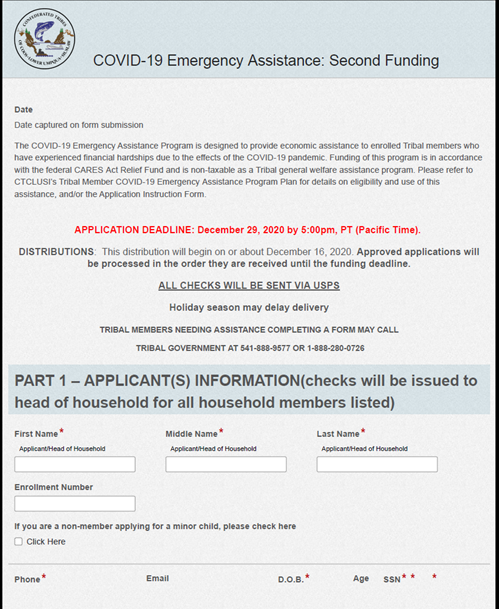
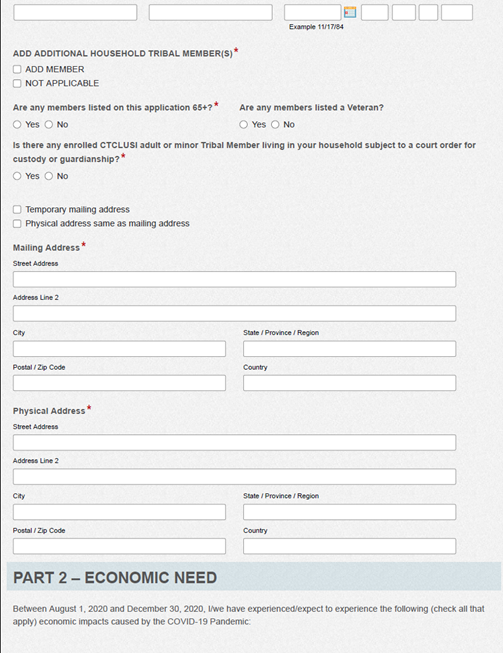
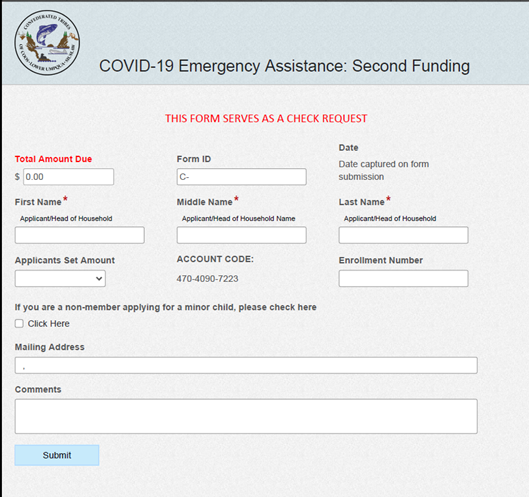
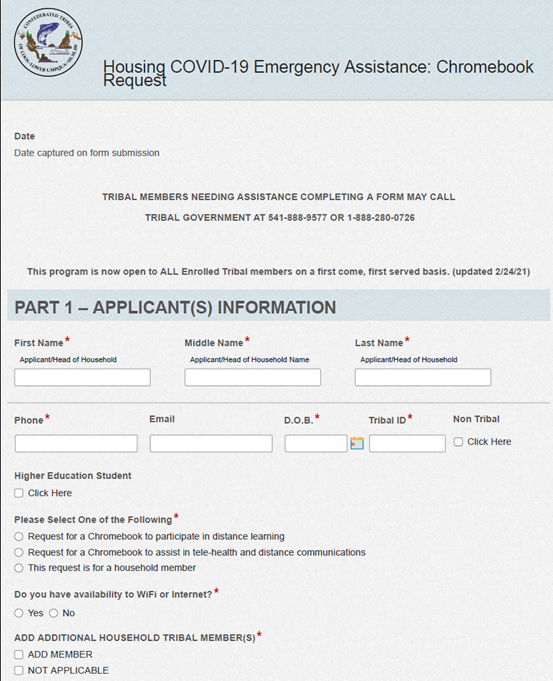

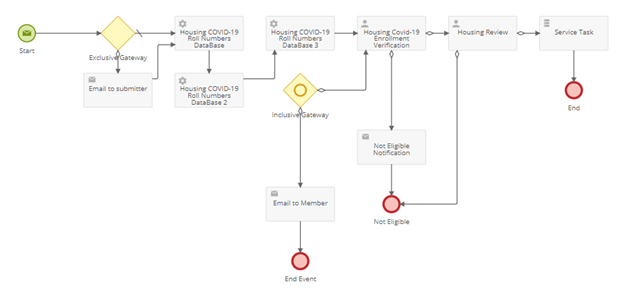
 Want to see how Laserfiche can help your organization streamline customer-facing business processes?
Want to see how Laserfiche can help your organization streamline customer-facing business processes? 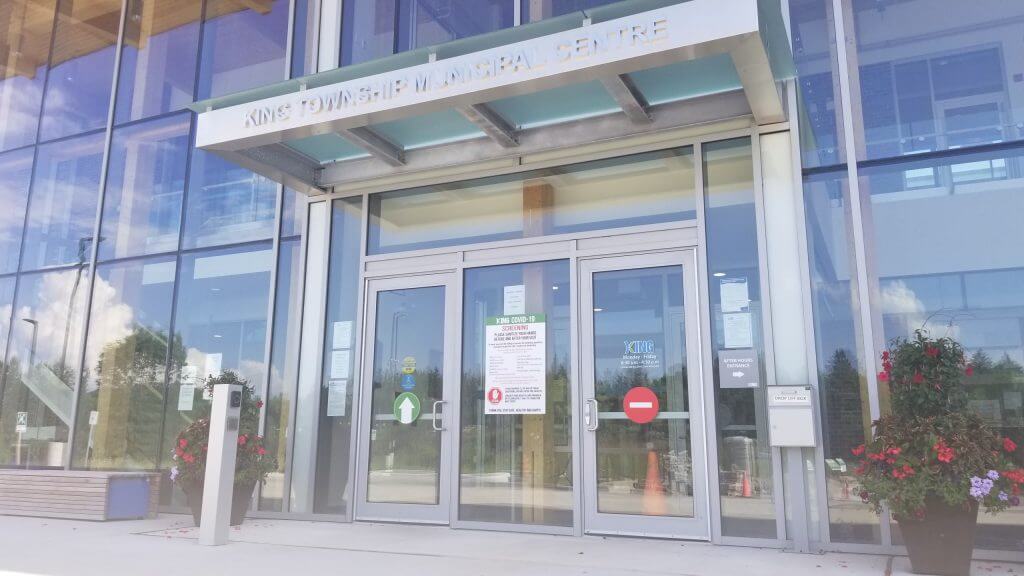
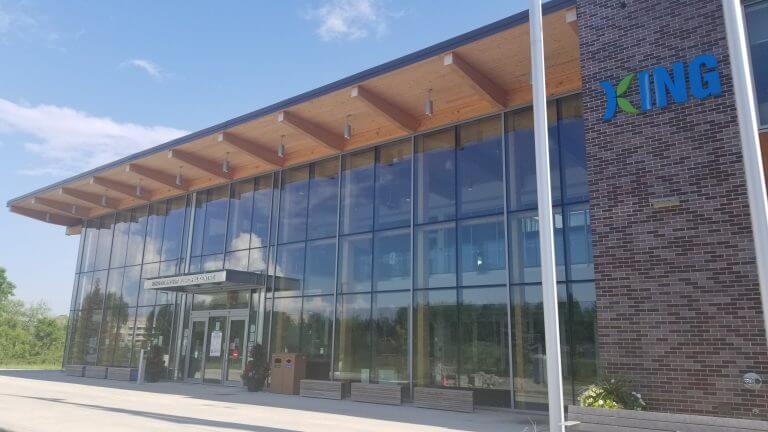
 Building a Digital Future
Building a Digital Future